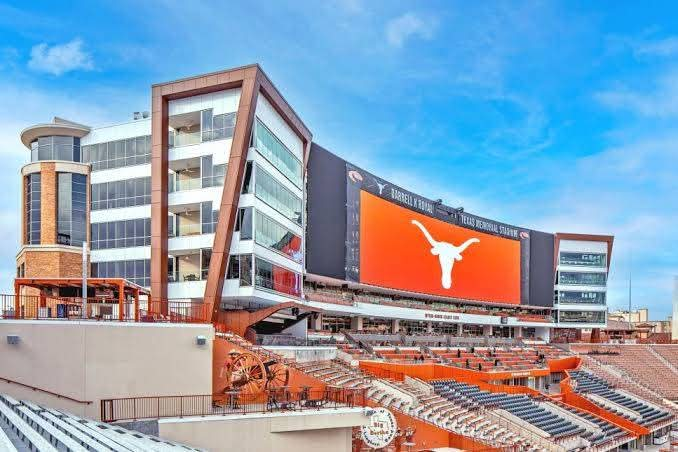In a move that has stunned both fans and critics alike, the University of Texas has unveiled a jaw-dropping $1.3 billion renovation to the Darrell K Royal–Texas Memorial Stadium—complete with luxury suites, AI-powered fan experiences, and an expanded seating capacity that rivals NFL arenas. But while Longhorn Nation celebrates the glitz and glamour, many are asking: At what cost?
“Football First, Students Last?”
The announcement of the mega-upgrade has ignited a firestorm on social media and across academic circles. Students, faculty, and taxpayers are questioning the university’s priorities, accusing it of funneling billions into athletics while tuition rates rise and essential academic programs face budget cuts.
“This is a slap in the face to every student struggling to pay for books, housing, and tuition,” said a UT senior who wished to remain anonymous. “They’ve basically built a spaceship for football while some of us are attending class in crumbling buildings.”
The ‘Disneyland’ of College Football
University officials have touted the renovation as a “historic investment in the fan experience,” boasting features like biometric entry, AR replays through custom smart glasses, and a rooftop infinity pool for VIP guests. The stadium will seat over 120,000 fans—making it one of the largest sports venues in the world.
But critics argue the move exposes a disturbing trend in higher education: universities spending wildly on athletics while compromising their core mission of education.
Public Funds, Private Perks?
While the university claims that most of the funding comes from donors and corporate sponsors, transparency advocates are calling for an investigation into how much taxpayer money may have indirectly supported the project.
“Let’s be clear,” said one education policy analyst, “this isn’t just about football. It’s about the erosion of educational values and the corporate takeover of public institutions.”
Student Reactions: Mixed Emotions
While some students are excited about the new stadium’s amenities—“It’s basically the Met Gala meets the Super Bowl,” one freshman quipped—others are less impressed.
“It’s tone-deaf,” said a graduate student in the College of Liberal Arts. “Our department just lost two professors due to budget cuts, but at least we’ll have holograms in the stadium, right?”
What’s Next?
As construction kicks off, the debate is only heating up. Will this billion-dollar behemoth become the gold standard of college football—or a monument to misplaced priorities?
One thing’s for sure: the eyes of Texas—and the rest of the nation—are watching closely.
















